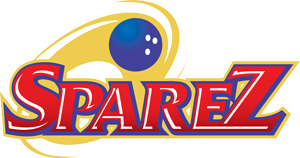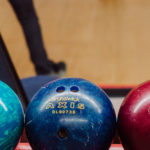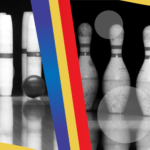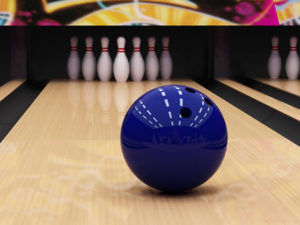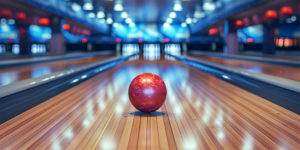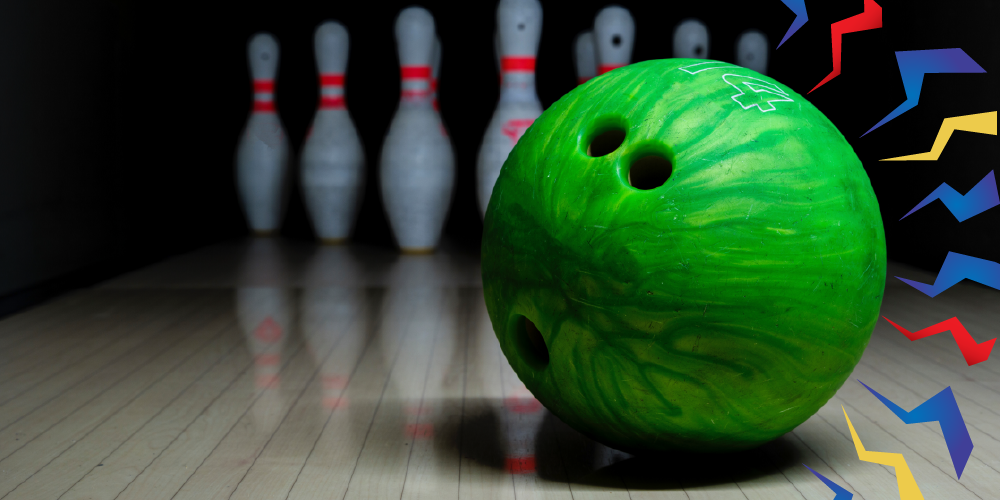
Watching professional bowlers can be an amazing and inspiring experience. The way they approach the lane with such confidence and follow through with picture-perfect bowling technique is truly an art. And for many of us (myself included) who consider getting a strike a good day, these masters of their craft seem like they are simply on another level.
What many people don’t know, however, is that there is not just one way to bowl. There are many different bowling techniques and styles bowlers can choose to use, in order to find which is the right fit for them. Also, different scenarios may require a bowler to employ specific types of shots, and learning to master each bowling technique can be a vital piece of becoming an expert bowler.
Bowling Styles
There are a few different styles that bowlers can use when it’s time to knock down some pins. Even though each bowler often has their own signature style, there are a few basic bowling styles that usually can describe a player’s bowling technique. These styles can also pertain to a specific shot.
Crankers – This term is used for bowlers who rely on high power and speed in their throws and their bowling technique. They achieve this by using a cupped wrist and a medium-to-high arm swing. Right-handed bowlers stand on the far left and left-handed bowlers stand on the far right, because their throws are powerful enough to require the use of the opposite side. This bowling style causes a higher number of ball revolutions before impacting the pins.
Strokers – Stroker-style bowling is considered the most classic bowling styles, using classic bowling techniques. This bowling style involves standing on the right side of the lane to follow a straighter line on the lane. The ball is then released in the middle of the lane. Strokers rely on pure accuracy to score points, not on speed or power. When aiming the ball, they have a medium arm swing and square shoulders to have the most accurate aim. This typically causes a lower amount of ball revolutions since speed is not a priority when using this bowling technique.
Strokers are known for putting a lot of spin on the ball. This style focuses more on having a consistently angled delivery rather than delivery with only power and speed. There is also a large focus on the wrists when stroking, and some would recommend wearing wrist tape when using this style of bowling.
Power Strokers – As far as bowling styles go, power stroking can be considered “the best of both worlds.” This bowling style provides both the spin of a stroker and the power of a cranker, creating the highest levels of both spin and velocity. Power stroking is a popular bowling technique because the motion of the ball makes it favorable for bowlers to score strikes consistently.
Spinners – This bowling style is also known as “helicopter-style” bowling. Spinners are known for having good accuracy on their ball. They are also known for focusing on the spin of the ball, rather than the speed or power. Many bowlers will use a spin delivery when certain lane conditions are favorable for this style. Spinners will also tend to use a lighter ball to increase the vertical spin on the ball.
Tweeners – This bowling style is considered a mix between a cranker and a stroker. This style displays mixed traits between the two, with a moderate spin rate compared to crankers. Tweeners have a higher consistency in hitting their targets than other delivery styles.
For example, a bowler can have more ball revolutions but a lower arm swing, which means less speed. Or, they can have a higher arm swing but fewer ball revolutions. This will depend on the player and what kind of stroke they aim for.
Bowling Techniques
Hold Techniques
There are three main bowling techniques regarding how a bowler holds the ball:
Relaxed Hold: creates a straight path for the ball but will not create much hook or revolutions on the ball
Firm Hold: generates a little more hook as well as more revolutions of the ball
Strong Hold: creates the most hook and the most revolutions of the ball but is heavily dependent on the strength of the bowler
Spin Techniques
There are three bowling techniques for putting spin on your ball. This includes the straight bowling, hook bowling, and backup bowling techniques. We will discuss the differences between all three bowling techniques, from easiest to hardest.
Bowlers have different types of bowling techniques when it comes to spin. In general, the easiest way to generate spin on a bowling ball is by putting your middle and ring fingers in the top two holes, leaving your thumb out of the bottom hole. While your fingers are in the holes, hold the ball on your wrist and release your top two fingers off the ball so that your fingers graze the side of the ball as you are bowling.
Straight Bowling – This bowling technique is the most basic of the three. When straight bowling, the ball will roll in a straight line to the pins without any significant curve. The downside to straight bowling is that the ball will only hit the pins straight-on, minimizing additional pin movement. Without much movement of the pins, there is less of a chance that they will all be knocked down. The best use for straight bowling is when a bowler is trying to score a spare, and not on a first throw.
Hook Bowling – This bowling technique is used by more advanced bowlers and, in turn, will score more points. In this bowling technique, the ball will curve from left to right for left-handed bowlers, and right to left for right-handed bowlers. Due to the curve of the ball, the ball will knock more pins into each other, giving you a better chance of scoring a strike.
This bowling technique requires skill on behalf of the player. When throwing a hook, a bowler must rotate the fingers on the side of the ball during the ball’s release. This ensures better control over movement and a better hook shot.
A “curve-ball” is a term used for a more exaggerated version of the hook shot.
Backup (Reverse Hook) Bowling – When using this bowling technique, the ball will curve right to left for left-handed bowlers, and left to right for right-handed bowlers. Most bowlers are not able to reverse hook bowl because of the unnatural motion that a bowler’s wrist must make to make the ball curve towards a bowler’s dominant hand. This bowling technique does not give a bowler any significant advantages over hook or straight bowling.
Achieve Your “A” Game at SpareZ
If you live anywhere around Davie FL, SpareZ is the place for you! Click here to fill out our contact form, or call 954-434-9663 to find out more information about our bowling options, joining a league, how to book events, or additional bowling tips! Enjoy yourself to the fullest and accelerate your game play at your best local bowling alley, SpareZ!
